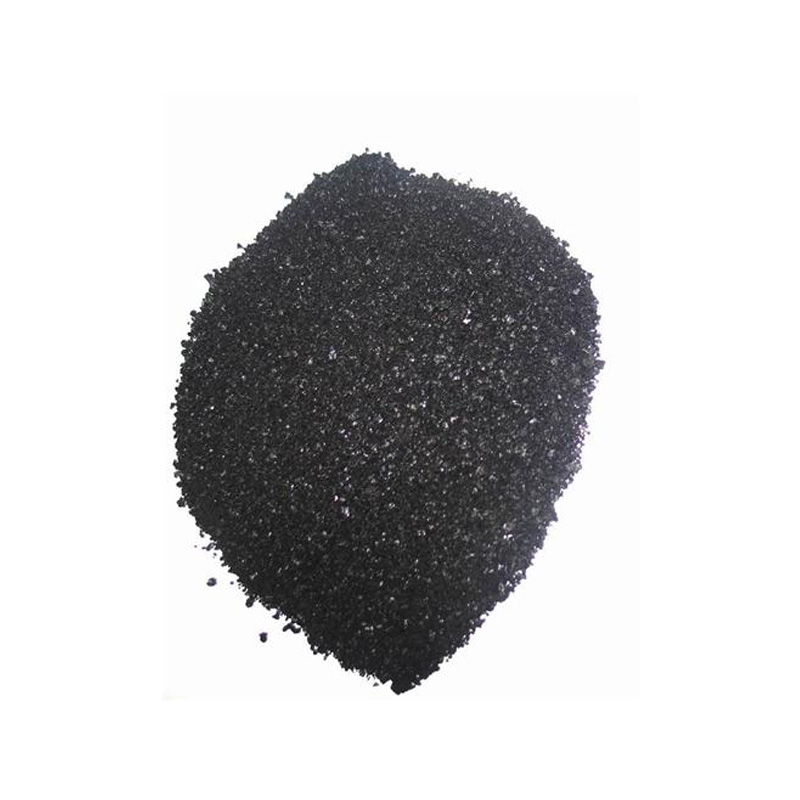Premium Indigo-Dyed Fabric for Superior Quality and Style
The Allure of High-Quality Indigo Dyed Fabrics
Indigo dyeing is an ancient art, rooted in the fabric of numerous cultures around the world. Its rich hues, favored for their vibrancy and depth, have remained sought after through centuries, symbolizing not only color but also craftsmanship, heritage, and sustainability. Today, the demand for high-quality indigo-dyed fabrics is resurging as consumers become more conscious about the origins and methods used in textile production.
The Historical Significance of Indigo Dye
Indigo has been used as a dye for thousands of years, with its earliest records traced back to ancient Egypt and Mesopotamia. The indigo plant, particularly species such as *Indigofera tinctoria*, produces a pigment that, when extracted, forms the deep blue dye we recognize today. Historically, indigo was prized not only for its beautiful color but also for its durability. Unlike many other dyes, indigo does not easily fade, making it a favored choice for textiles.
Different regions have developed unique indigo dyeing techniques, from the shibori methods of Japan to the ikat practices in India. Each technique reflects the cultural intricacies of its origin, showcasing not just color but also artistic expression. The process of dyeing is labor-intensive, often involving multiple dipping stages and meticulous craftsmanship. This dedication results in fabrics that are not only visually stunning but carry stories and traditions within their fibers.
The Modern Revival of Indigo Fabrics
In recent years, there has been a notable shift in the textile industry towards sustainable and ethical practices. The fast fashion movement has raised awareness about the environmental impacts of clothing production, prompting consumers to seek out high-quality, ethically sourced materials. Indigo, being a natural dye, aligns perfectly with this ethos. When produced sustainably, indigo dyeing can be environmentally friendly, especially compared to synthetic dyes which often involve harmful chemicals.
High-quality indigo-dyed fabrics can be made from various materials, including cotton, linen, and silk. Cotton, particularly, has become synonymous with indigo, leading to the popularity of denim, one of the most cherished indigo-dyed textiles. However, to be classified as high-quality, the fabric must not only be dyed with real indigo but also be woven with care, ensuring a soft texture and long-lasting durability.
high quality fabric dyed with indigo

Ethical brands are increasingly recognizing the value of providing transparent supply chains. Consumers are keen on understanding where their clothing comes from and how it is made. Brands that focus on high-quality indigo-dyed fabrics often highlight their artisanal practices, showcasing the skill of local artisans and promoting fair trade.
Sustainability in Indigo Dyeing
One of the most compelling aspects of indigo dyeing is its connection to sustainability. When produced using traditional methods, indigo dye is derived from plants, making it biodegradable. Additionally, many artisans employ natural fermentation processes to extract the dye, significantly reducing water and chemical usage compared to synthetic dye production.
Furthermore, the indigo dyeing process can be less wasteful. The same dye vat can be used multiple times, and any residual indigo can often be reused, minimizing waste. For those concerned about the ecological impact of their wardrobe, indigo-dyed fabrics offer a powerful alternative.
Conclusion
The appeal of high-quality indigo-dyed fabrics is multifaceted; it encompasses historical significance, cultural richness, and a commitment to sustainability. As consumers increasingly prioritize quality and ethical practices in their purchasing decisions, the timeless beauty of indigo continues to capture hearts.
Whether through artisanal garments, sustainable denim, or handwoven textiles, indigo represents a blend of tradition and innovation. It serves as a reminder of the connection between nature and fashion—a relationship that, when nurtured, can yield not only splendid aesthetics but also a positive impact on our world. In this era of fast fashion, the resurgence of high-quality indigo-dyed fabrics celebrates a slower, more thoughtful approach to clothing—one that honors craftsmanship, respects the environment, and cherishes the stories woven within each piece.
-
Sulphur Black Dyes in Daily Use
NewsMay.07,2025
-
Indigo Dyeing for Daily Life
NewsMay.07,2025
-
Indigo Dye Production and Its Growing Demand
NewsMay.07,2025
-
Color That Lasts
NewsMay.07,2025
-
Bromo Indigo for Modern Use
NewsMay.07,2025
-
Blue From Nature
NewsMay.07,2025
-
The Timeless Color in Fashion and Textiles
NewsApr.10,2025

Sulphur Black
1.Name: sulphur black; Sulfur Black; Sulphur Black 1;
2.Structure formula:
3.Molecule formula: C6H4N2O5
4.CAS No.: 1326-82-5
5.HS code: 32041911
6.Product specification:Appearance:black phosphorus flakes; black liquid

Bromo Indigo; Vat Bromo-Indigo; C.I.Vat Blue 5
1.Name: Bromo indigo; Vat bromo-indigo; C.I.Vat blue 5;
2.Structure formula:
3.Molecule formula: C16H6Br4N2O2
4.CAS No.: 2475-31-2
5.HS code: 3204151000 6.Major usage and instruction: Be mainly used to dye cotton fabrics.

Indigo Blue Vat Blue
1.Name: indigo blue,vat blue 1,
2.Structure formula:
3.Molecule formula: C16H10N2O2
4.. CAS No.: 482-89-3
5.Molecule weight: 262.62
6.HS code: 3204151000
7.Major usage and instruction: Be mainly used to dye cotton fabrics.

